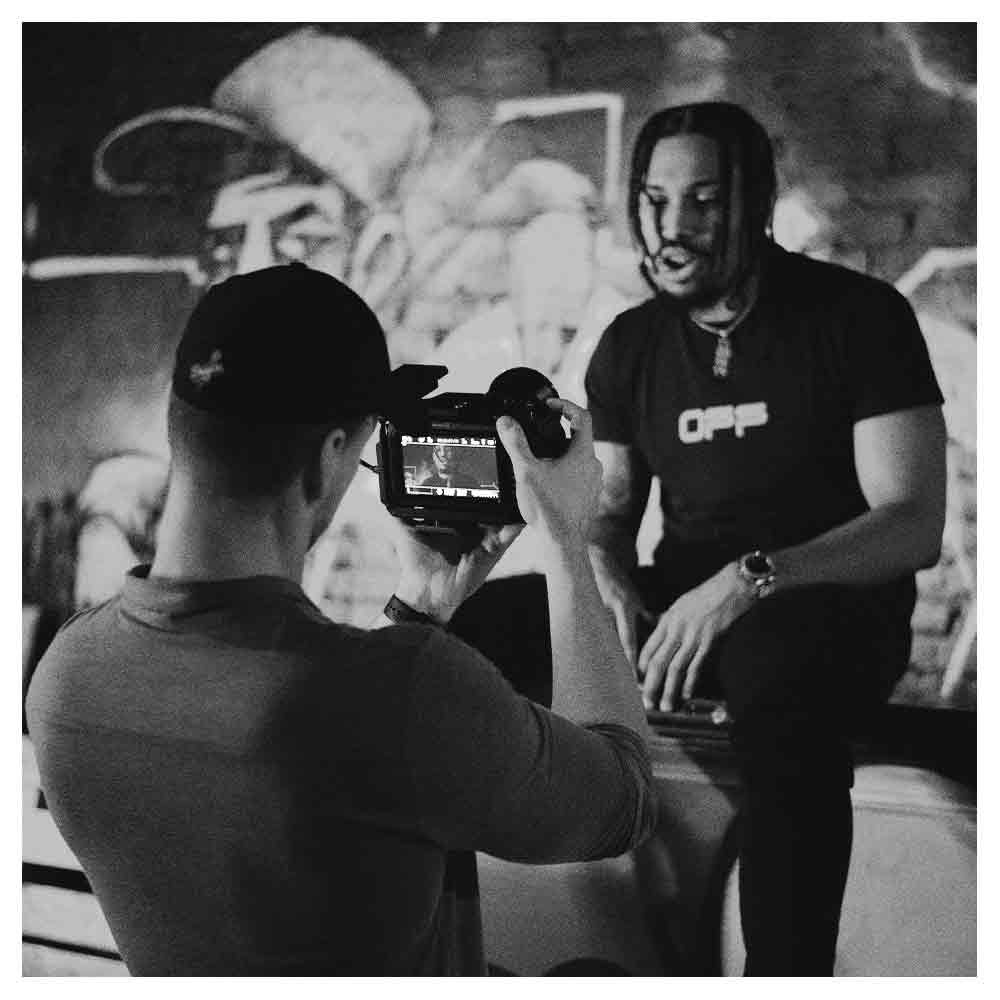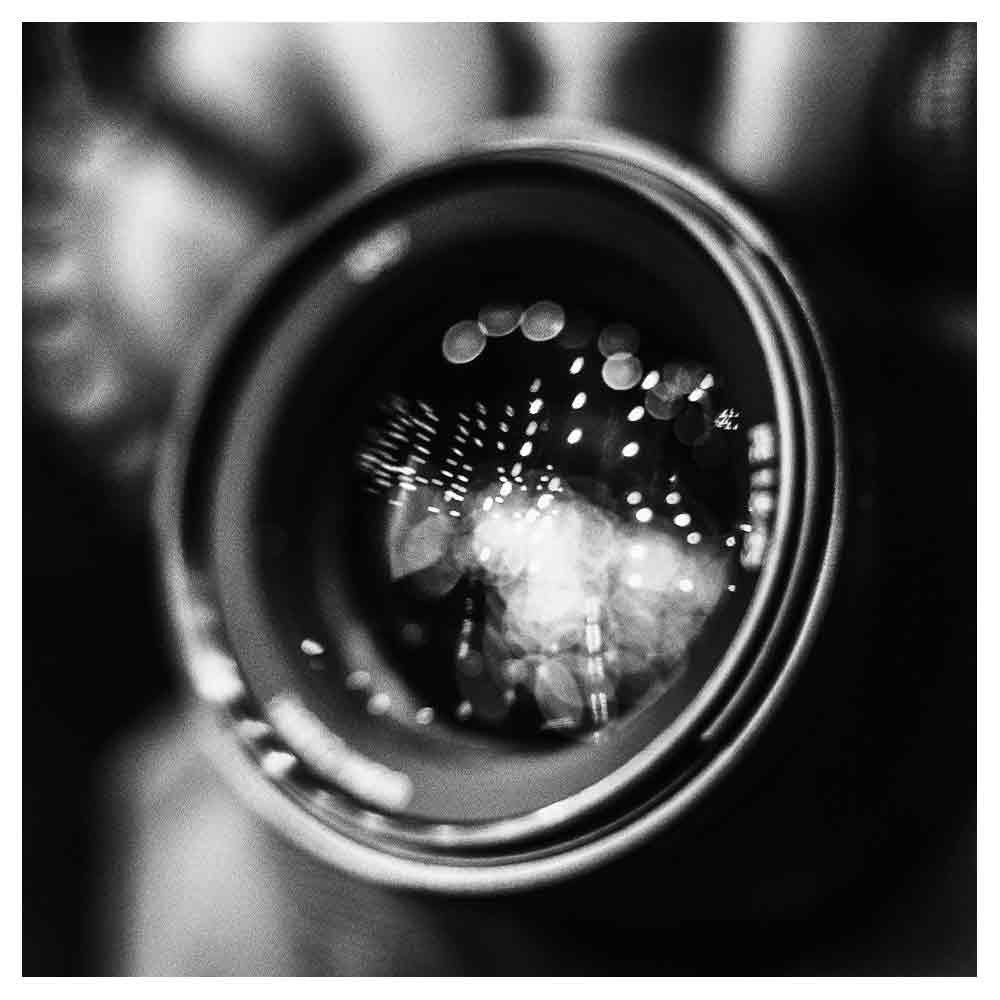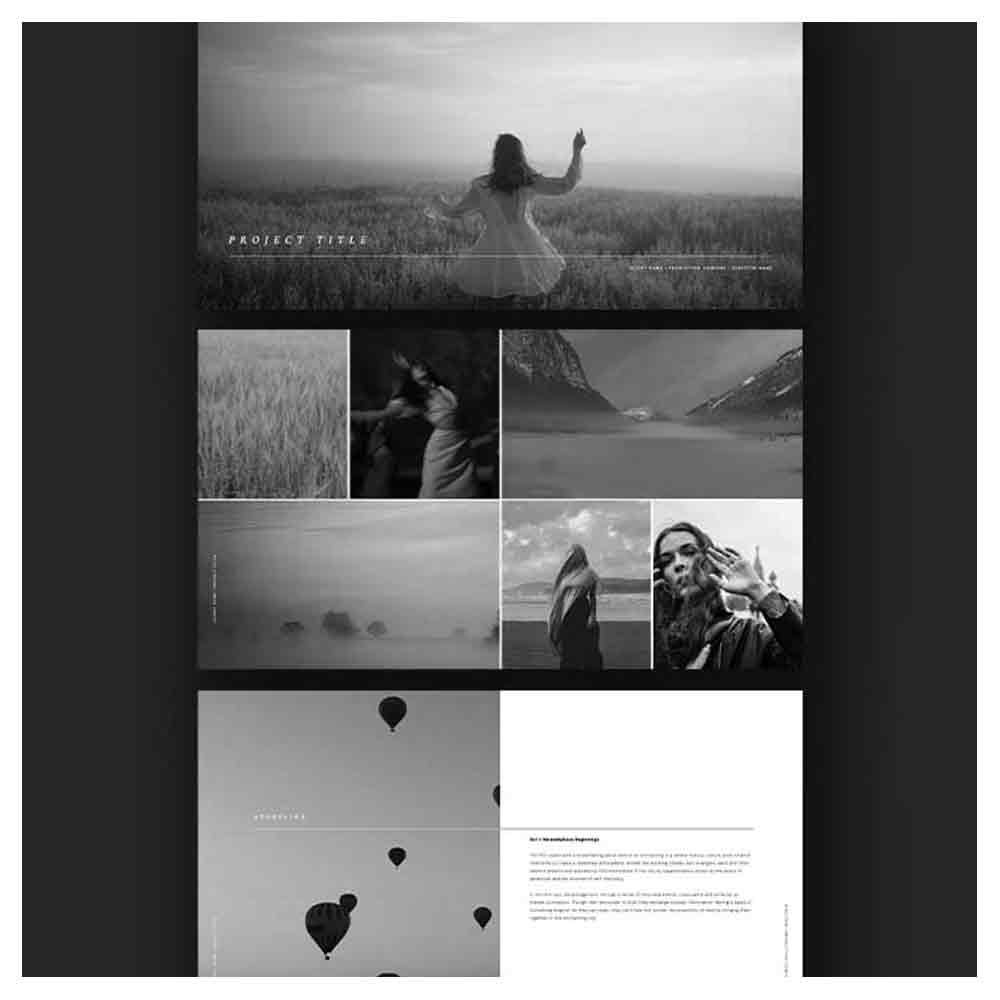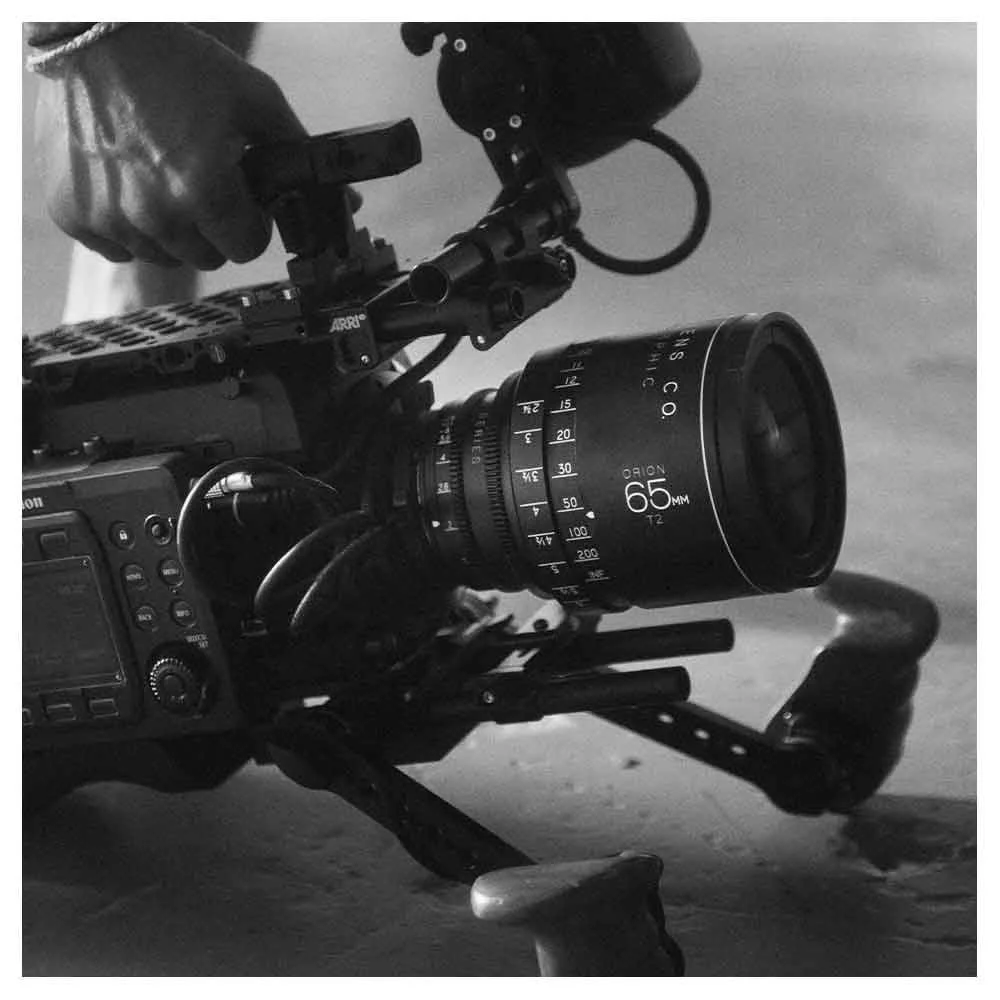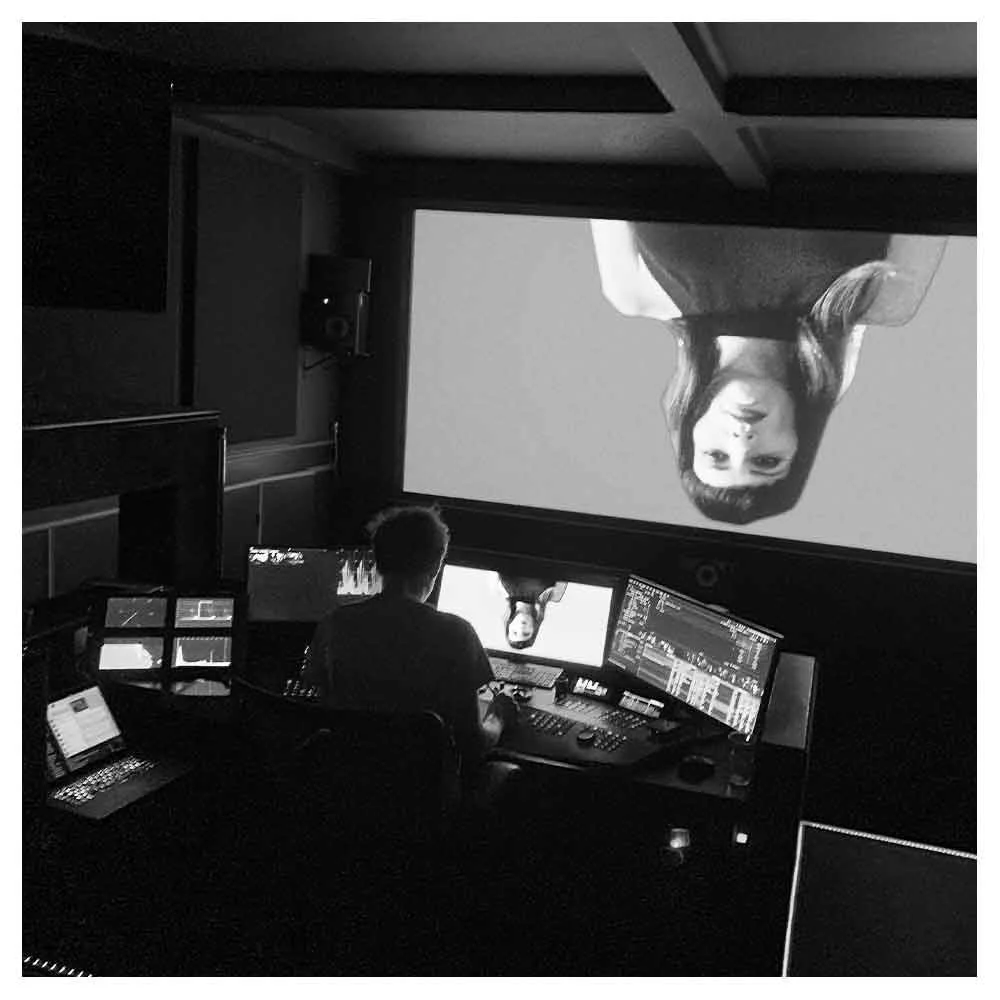How To Make A Commercial? A Behind the Scenes Look
“How to make a commercial?” is a question I asked myself many times when I started directing commercials, but I couldn’t find the answers.
To help others avoid going through the same experience, I thought it would be nice to share my perspective on how to create a commercial by breaking down an entire video commercial production from start to finish.
I'll explain how this commercial landed on my lap, the challenges we had to overcome, how we brought it to life, and how the final result eventually ended up in a deserted corner of the internet with no more than 2400 views.
Enjoy the ride!
Table of contents:
The Commercial Client brief
Let’s start at the beginning of this journey of how to make a commercial and this project breakdown that took place on the other side of the world—the project pitch and how I got my hands on this video commercial.
A few months after the world premiere of the second I Am Hardwell documentary, I was planning my next career move. I wanted to move away from creating documentary-style projects for electronic music artists and focus more on story-driven commercials.
Finding a production company
Because film and video production companies produced most of the commercial projects I aspired to, I tried to attach my name to a production company in Amsterdam and London.
Unfortunately, the people at these companies told me my portfolio was missing the type of work that would allow me to enter their director’s roster.
I was repeatedly told to start building a body of commercial work so the producers working at these production companies could include me in future project pitches. After generating lots of success on previous music-driven projects, it felt like a real bummer that I had to start all over again.
Time for introductions
Nonetheless, I realized that one of the fastest ways to get my hands on a commercial project was to get a personal introduction to a brand that needed help.
So, I asked Hardwell’s manager to introduce me to Hardwell’s sponsors and discover if these brands were looking for help in bringing their latest marketing projects to life.
One of Hardwell’s sponsors at the time was the Buddha to Buddha jewelry brand, and the timing for the introduction couldn’t have been better.
While having a coffee with the marketing managers, they told me they were working on a new marketing campaign and asked if I would be interested in joining the project pitch.
Of course, I was super enthusiastic about this opportunity and left the meeting with the promise that I would pitch my vision and ideas for the campaign in person the following week!
The concept and vision for this commercial
The cool thing about Buddha to Buddha jewelry is that every piece is handmade by silversmiths on the island of Bali.
The marketing managers discovered that many customers were unaware of how the jewelry was created by hand, so the campaign I pitched for centered around craftsmanship.
The project included several craftsman portraits and videos showing how the jewelry was designed in Amsterdam and handmade in Bali.
Next to the craftsmanship videos, I thought I could really make the brand shine if I pitched a brand commercial on top of the initial brief that I could show to the video production companies that told me to start building a new showreel.
A shamanic experience
Based on all this input and the spiritual brand philosophy of making you constantly aware of the current moment through heavy silver jewelry, I asked a screenwriter to help me write a story for this video commercial.
We based our idea on a rapé experience I had a few months before, whereby my mind played tricks on me during a Shamanic trip before I finally embraced my thoughts and arrived in peace at the end of the ritual.
My director’s vision for this Commercial
The idea was to create a 90-second commercial about two Adam and Eve-like characters going into a meditation whereby one would subconsciously infiltrate the mind of the other to arrive at peace together—a spiritual journey about inner connections, from Buddha to Buddha.
Once we got all the pillars for our concept, I wrapped my vision in a commercial treatment and pitched it one week later at the Buddha to Buddha headquarters in Amsterdam. The marketing managers and owners of the brand loved my idea and gave me a GO for the project one week later.
A few pages of the Buddha to Buddha commercial treatment.
The commercial pre-production
The next step of the process was the pre-production phase. In this step of the filmmaking process, you set up all the cast, crew, gear, and travel logistics that will be involved with the film shoot.
Luckily, Buddha to Buddha had a few Dutch employees working in Bali to oversee the production in the jewelry factory. Those people were able to help us set up the pre-production on the island while we were still in the Netherlands.
Finding Cast, crew, and camera gear
Via these people, we were able to cast Australian model Joanna McKay and Spanish model Jaime Astrain based on their Instagram pages, and we could get our hands on some essential props and the cast’s yoga-inspired outfits.
We made sure we rented all our film gear locally and that the people of the rental company would be on set with us every day to take full responsibility for the camera and light equipment.
A ticket to the tropics
Once the pre production was done and everything was set, I jumped on a plane to Indonesia with the Cinematographer and Line-Producer.
On the island, Buddha to Buddha hooked us up with a private driver who drove us around in search of the perfect film locations.
In a country like this, you’re basically a walking ATM machine as a foreigner with a camera. To prevent headaches with the locals, we chose to film at private locations where we could pay the owners a certain fee and let us do our magic.
Once we got all our locations in place after two days of cruising around the island, Aziz and I were able to make our shot list. Of course, we did so in Balinese style with a Bintang beer in the pool of our production villa.
The difficulty of filming this commercial
I guess the difficulty in the production of filming this video commercial was facing the elements of mother nature. Temperatures in Indonesia were around 30 degrees Celsius during our stay, and the humidity was extremely high in this jungle environment.
Working on an island with mountains in a tropical climate meant the weather changed rapidly, so every now and then, we experienced insane rain showers that stopped production from time to time.
We had to find a workflow, camera angles, and locations that allowed us to take shelter from the sun and the rain simultaneously.
Because the humidity was so high, we also knew that we had to find a make-up artist who could best apply the make-up in these extreme environments to prevent sweaty faces on camera.
How we filmed this commercial
The cool thing about filming in an Asian country with European budgets is that your production budgets can be worth twice or triple the value compared to filming at home. This means that €1 in the Netherlands was worth €2-€3 in Indonesia, allowing us three days of filming.
Ready, and… Action!
Because the female model was the leading character of this commercial, we knew that getting her shots was most important, so we planned to start with that on the first day.
On the second day, we planned to film all the shots with the male actor, and on the last day, we chose to film all the extra stuff with a monk and a Barong dancer.
The second day of filming
As expected, the first day was smooth in a super cool Airbnb villa overlooking the Balinese jungle. On the second day of filming, the weather conditions changed rapidly, making it challenging to film the shots we were looking for.
When we arrived at the waterfall location, the conditions were perfect, but as soon as we had set up the camera, it started raining like crazy. In about 5 minutes, the peaceful creek turned into a massive mud stream and washed away our beautiful location.
The final day of filming the commercial
The last day of filming was quite an adventure. Because we planned to film at a temple in a private park, our driver said we had to pay the priest an additional fee of a couple hundred dollars. We thought we were getting ripped off, but it appeared that we were getting value for money.
Before the film shoot, the priest performed a traditional offer ritual at the temple. We thought it was an offer for the gods, but it turned out to be for us, so nothing bad would happen to the crew. Loved it!
Finding a monk for the commercial
We also incorporated a monk in the story, but what Ashar and I didn’t realize at the time of writing the commercial’s concept was that most Balinese people were Hindu (while a monk is Buddhism)!
On the day before we were supposed to film at the temple for the monk shots, production still hadn’t found the right monk when suddenly the camera rental boss showed me three pictures of random guys and asked me who I thought would be a great monk.
She explained that they would pay him $200, shave his head, and dress him in orange garments. I picked one of the guys, and on the last day of filming, a guy from a local village nearby showed up on set as the perfect monk.
He was probably a friend of the film crew members because they laughed at his bald head when he arrived and kept making jokes about him throughout the day.
A private ritual
Ashar and I also incorporated a Barong (good) vs. Rangda (bad) Balinese mythology dance in this story, inspired by the conflicting voices in my head trying to influence my thoughts during the shamanic rapé ritual.
The day before shooting this scene, the line-producer Alex told me I could have a complete Barong ceremony for the same price as the Barong dancer alone.
And so it happened that on the day of the film shoot, about 30 teenagers showed up in the morning and eventually performed a private ceremony once it started to become dark. At the same time, cinematographer Aziz danced in between with the camera, and our private production driver kept pouring gasoline from a water bottle on the fire that lit the scene.
It was complete mayhem, but it turned out great on camera!
The commercial post-production process
After we wrapped filming, we hopped on a plane back home, where I immediately jumped behind the editing software.
Because we scripted everything well in advance and made a proper shot list in the pool, the video editing for this commercial didn’t take very long.
I chose to edit the commercial myself using Adobe Premier video editing software. Once the edit felt right, I asked a music composer to create an original music score with ancient instruments that would transport the viewer to a different world.
the finishing touches
After a few different versions, trials and errors, and experimentation, Thomas delivered an oriental piece of music that elevated the commercial to a different level.
With the custom-made music in place, I finalized the edit and sat down with sound designer Tom Jansen to add subtle audio effects and a voice-over at the end to help bring the film to life.
Finally, the color grader gave the images a final touch in the color grading studio. Two weeks after we left the island of Bali, the commercial was finished and ready to see the light of day!
It’s a wrap!
After we finished the commercial, it was published online on the Buddha to Buddha YouTube channel, where its momentum faded quickly.
No marketing strategy
To this day, many people have never seen the final result because there was no marketing strategy for the release of this commercial. I believe there was none because the final result wasn't in line with the original craftsmanship campaign, and it turned out to be more of a brand film than a campaign video.
Even after six years, the commercial sits in a forgotten corner of the brand's YouTube channel with no more than 2400 views. The film has been cut into pieces for many other Buddha to Buddha projects that grossed tens of thousands of views, but the original work never really reached its full potential.
A hard pill to swallow
I've submitted the commercial to commercial and fashion film festivals worldwide, where it has won awards and nominations for the best brand film, director, cinematography, and commercial.
I received messages from people who claimed that I captured the brand's essence so well that it made them instantly want to buy Buddha-to-Buddha jewelry.
It's a hard pill to swallow, knowing the amount of love and hard labor that went into creating this commercial compared to how it ended up in a deserted digital desert.
Lessons learned
One of the biggest takeaways of this project is that you can make the most stunning result possible. Still, without an audience and a marketing strategy to reach that audience, it will never reach its full potential.
I think this is where advertising agencies can make a difference for a brand. These people know it's not only about creating great content but also thinking of a plan for reaching the desired audience.
I've seen it happen so often in the (feature) film and commercial industry, where filmmakers, myself included, invest all their time, money, and energy in creating projects that never reach their full potential.
Eventually, the final results end up on a dusty shelf or in an abandoned section of a (social) media platform because these projects need too much money for marketing to rise above the noise.
Market(ing) first, creativity second
I've learned that if you want your project to shine in today's world, it's best to think about audience and marketing first, and project and artistic outcome second.
What does the project need to achieve? What do the people want (to see)? What is the market hungry for, and how can you serve them with your skills, vision, and creative ideas within the project’s context?
It doesn't make sense to create a commercial and invest countless hours without having an audience for what it is you're creating.
Learning the marketing game
Once I started making digital products for my webshop, I started investing many hours researching and reading books on how to market myself and my products online.
I now realize that we, the filmmakers, often take a not-so-efficient approach when marketing our ideas and projects. Most of us, my past self included, solely approach filmmaking from an artistic perspective instead of a business perspective.
A few months ago, I wrote a few blog articles that dive a little deeper into the substance of marketing yourself and your film. If you're interested in reading the articles about my marketing discoveries, you can find them here, and here.
A positive end note
To end this journey on a positive note, I want to mention that bringing this commercial to life was an adventure I will never forget, and I treasure the memories of our time in Indonesia very much.
There is nothing like directing a circus of people who are all there to bring the images to life you have in your mind. For me, it’s a shot of adrenaline that makes me feel more alive than anything else! I f*cking love it!
I am Buddha to Buddha forever grateful for allowing me to work on this commercial and for their trust based on a portfolio I didn’t have at the time.
Just like the rapé experience that sparked the initial idea, reflecting on this commercial years after it was released to the public was a beautiful, meditative, and enlightening experience.
Luckily everything on the internet is there to stay, so I hope that someday someone will find this video commercial by accident in the internet’s forgotten corners and that it will be an inspiration for them to create a commercial that far exceeds this final result!
Frequently Asked Questions About making A Commercial (FAQs)
What is the first step in making a commercial?
Start with a clear marketing strategy. Identify your target audience and decide on the core message you want to communicate. This strategy will guide every decision from script to screen.
Do I need a big budget to make a commercial?
Not necessarily! Whether you have a big budget or a tight budget, creativity and planning can produce an awesome commercial. Affordable options like using stock footage and editing templates can also help save money.
What should be included in a commercial script?
A compelling story that aligns with the brand message, a clear call to action, and a storyboard that outlines each scene. This is your blueprint for the entire production process.
How do I choose the right equipment and crew?
Select equipment that fits the quality demanded by your vision (like professional cameras and lighting). Hire a crew that shares your passion and vision; this can include a director, videographer, and other essential personnel.
What are some expert tips for shooting a commercial?
Plan your shots: Utilize a mix of wide, medium, and close-up shots to keep the viewer engaged.
Capture high-quality audio: Use professional microphones to ensure clear voice overs and soundtracks.
Incorporate B-roll: This extra footage can be used to enrich the story and fill gaps in your primary shots.
How can I make my commercial stand out?
Use unique locations, creative lighting, and professional actors to bring your script to life. Adding unexpected elements like humor or emotional pulls can also make your commercial memorable.
What should I focus on during video editing?
Post-production is where your commercial comes together. Focus on:
Editing visuals: Cut and arrange your footage to best tell your story.
Enhancing audio: Overlay music and adjust the voiceovers and sound levels.
Adding final touches: Include text, your logo, and any special effects to polish the final product.
What video editing software is best?
Adobe Premiere Pro, Avid, and Final Cut Pro are top choices for their extensive features and user support. Both are great for creating high-quality commercial videos.
Where should I upload my commercial?
For maximum exposure, upload your video across all relevant social media platforms and your website. Consider YouTube and Facebook for longer ads, and Instagram for shorter, more visual spots.
How do I measure the success of my commercial?
Use analytics tools to track views, engagement, and conversion rates. Feedback from customers and increased sales are also direct indicators of your commercial's impact.
Any last general tips for creating a successful commercial?
Keep it short and sweet: Most commercials are effective at 30 to 60 seconds.
Stay true to your brand: Ensure all elements align with your brand colors and message to enhance brand awareness.
Test your ad: Gather feedback before going live to tweak and improve the message or visuals.










































